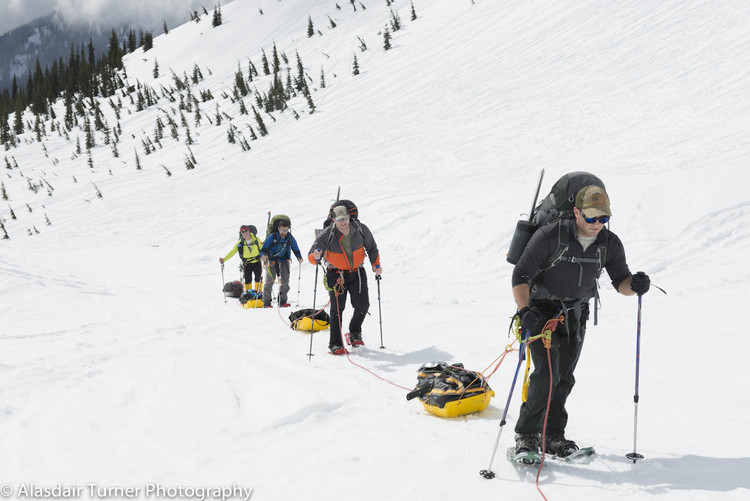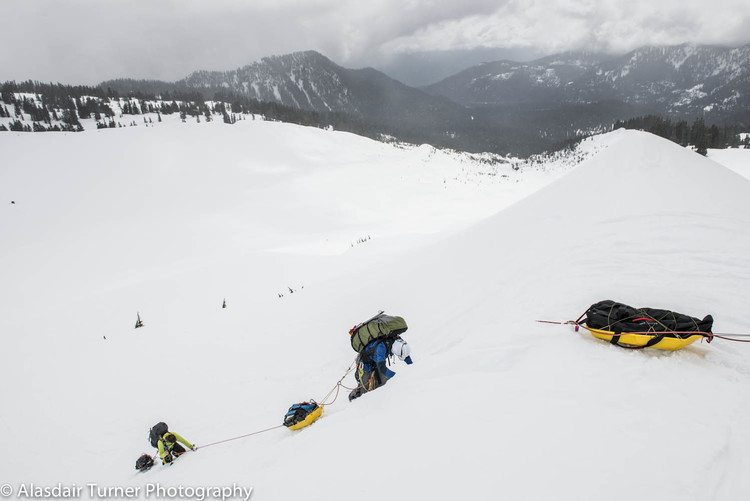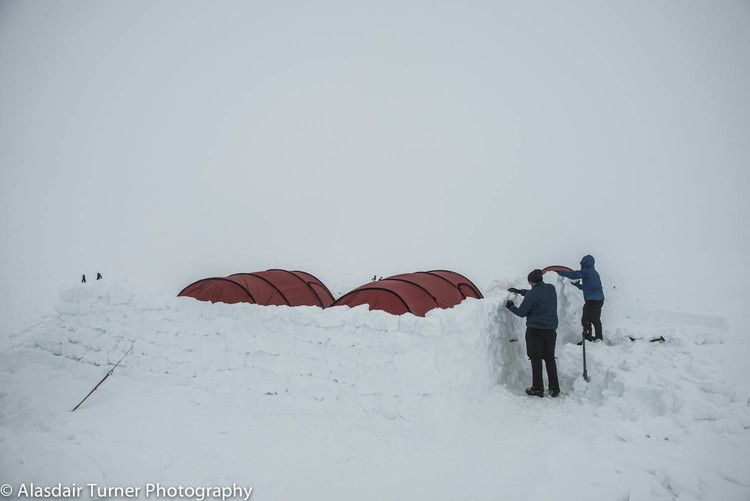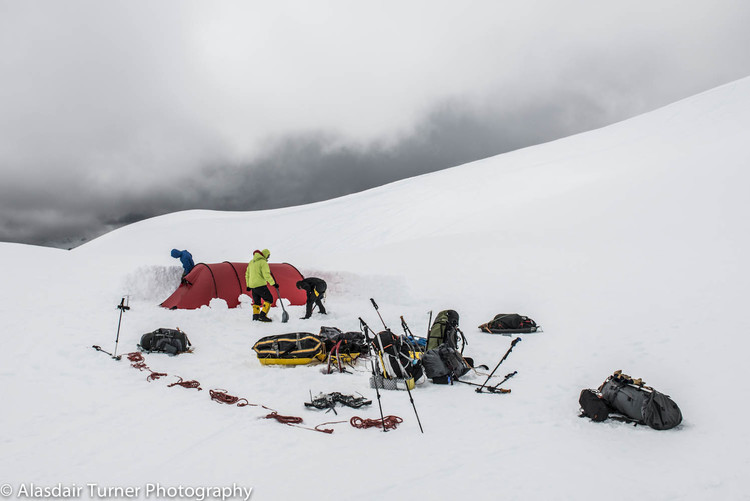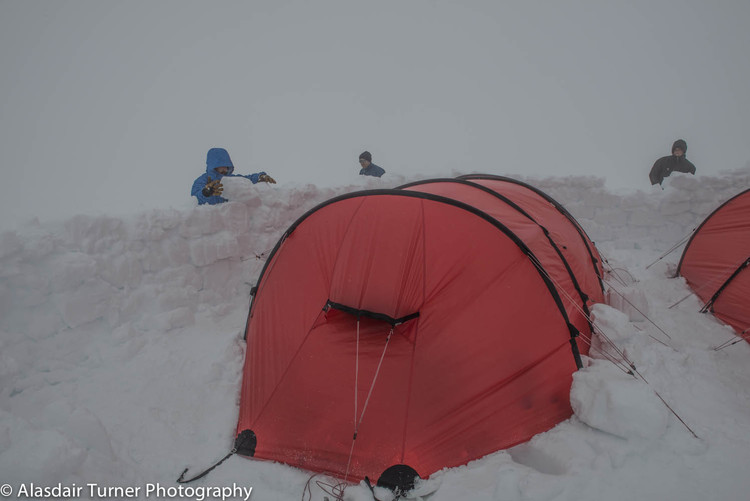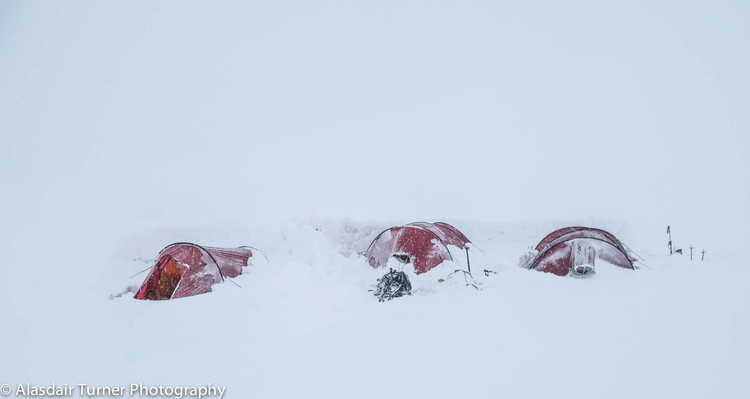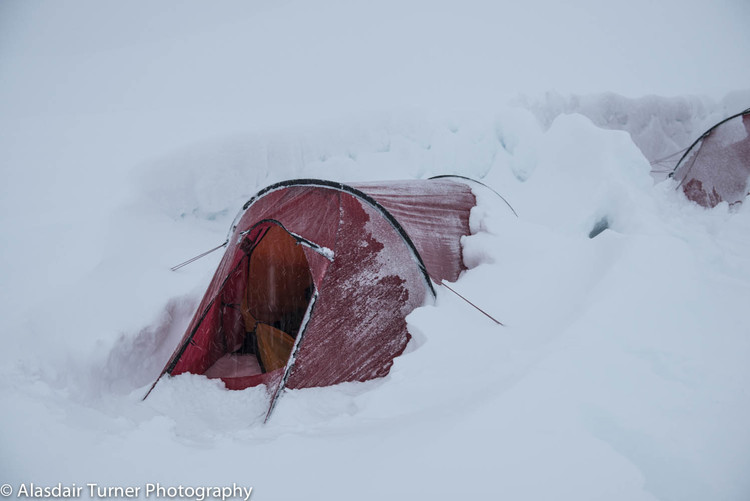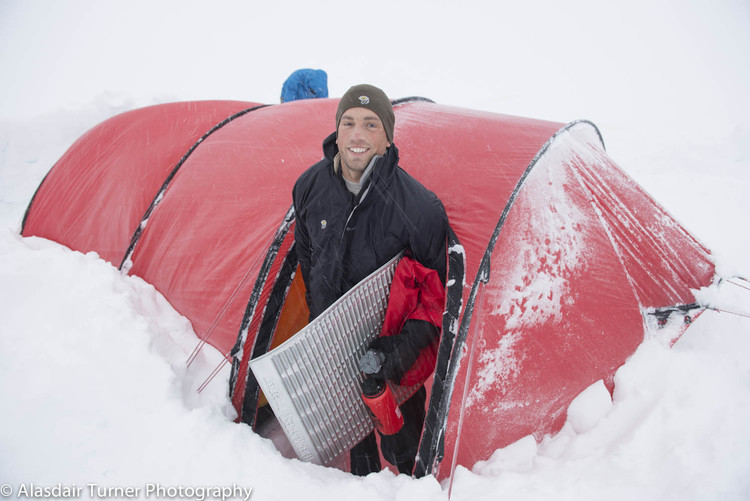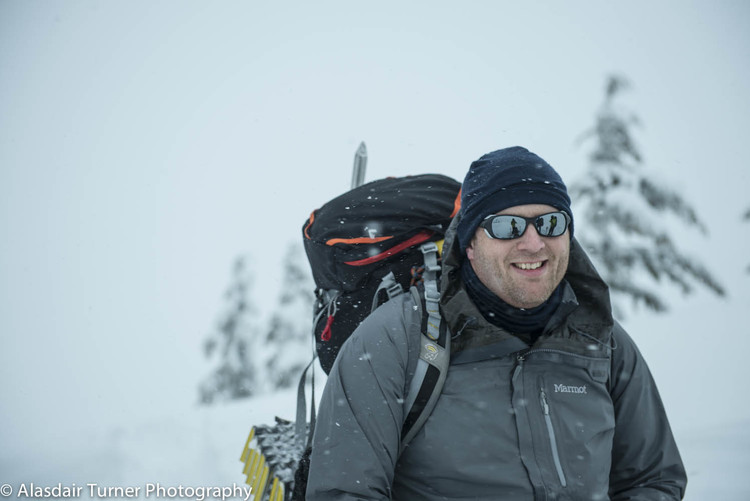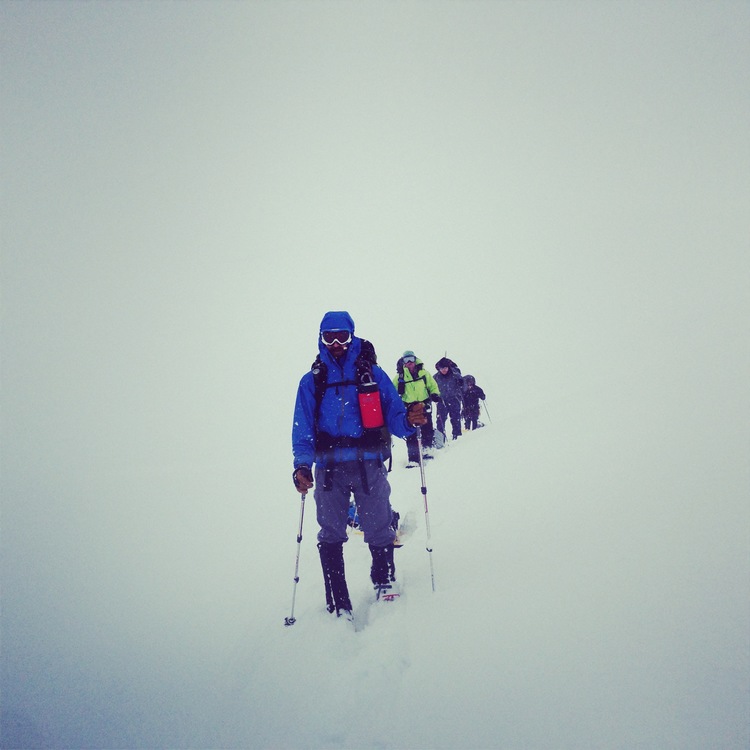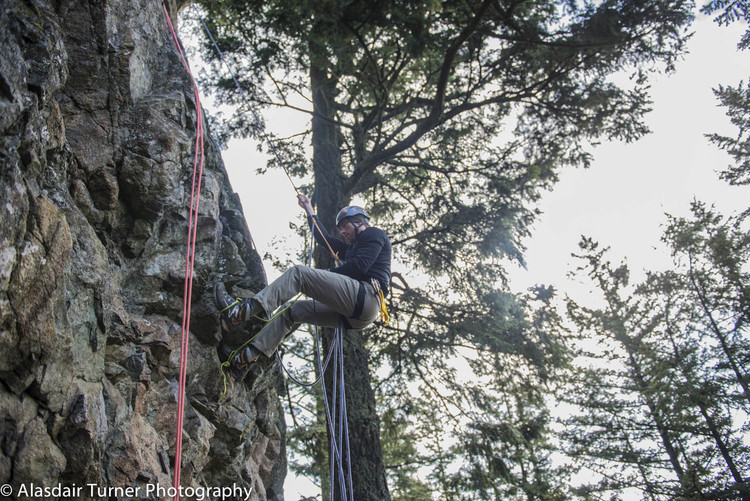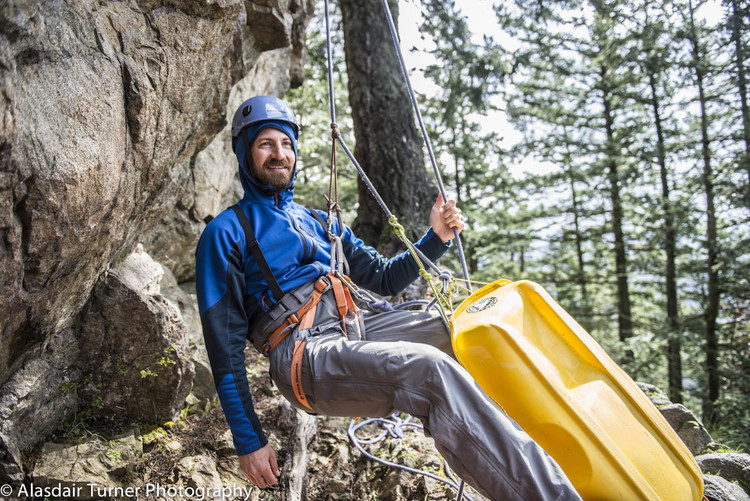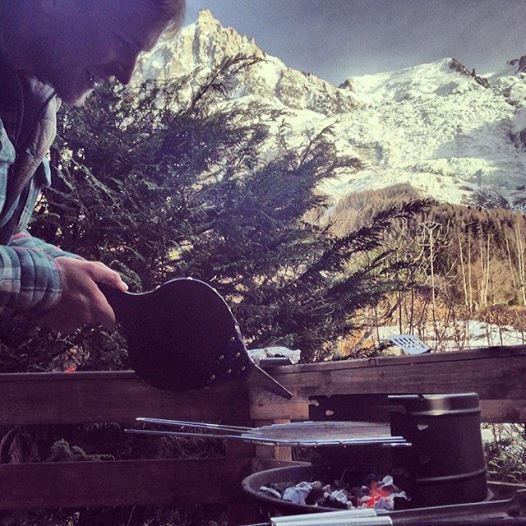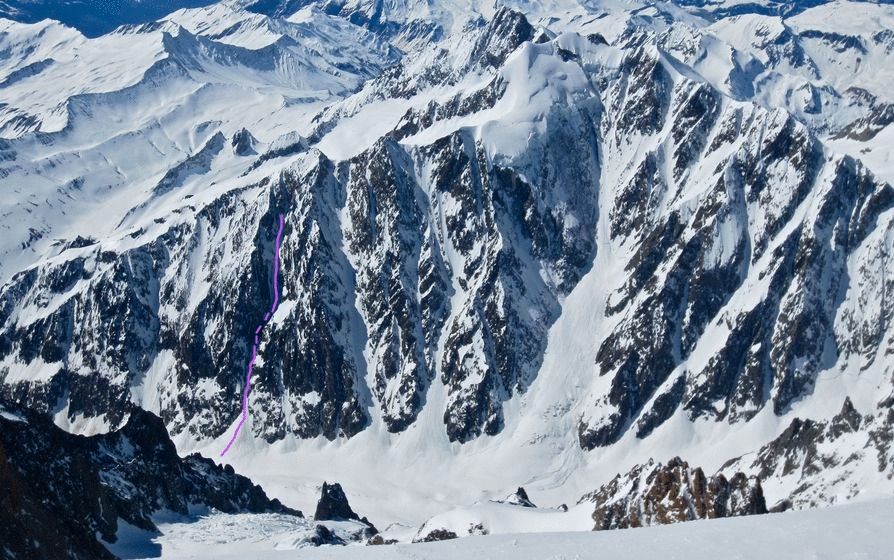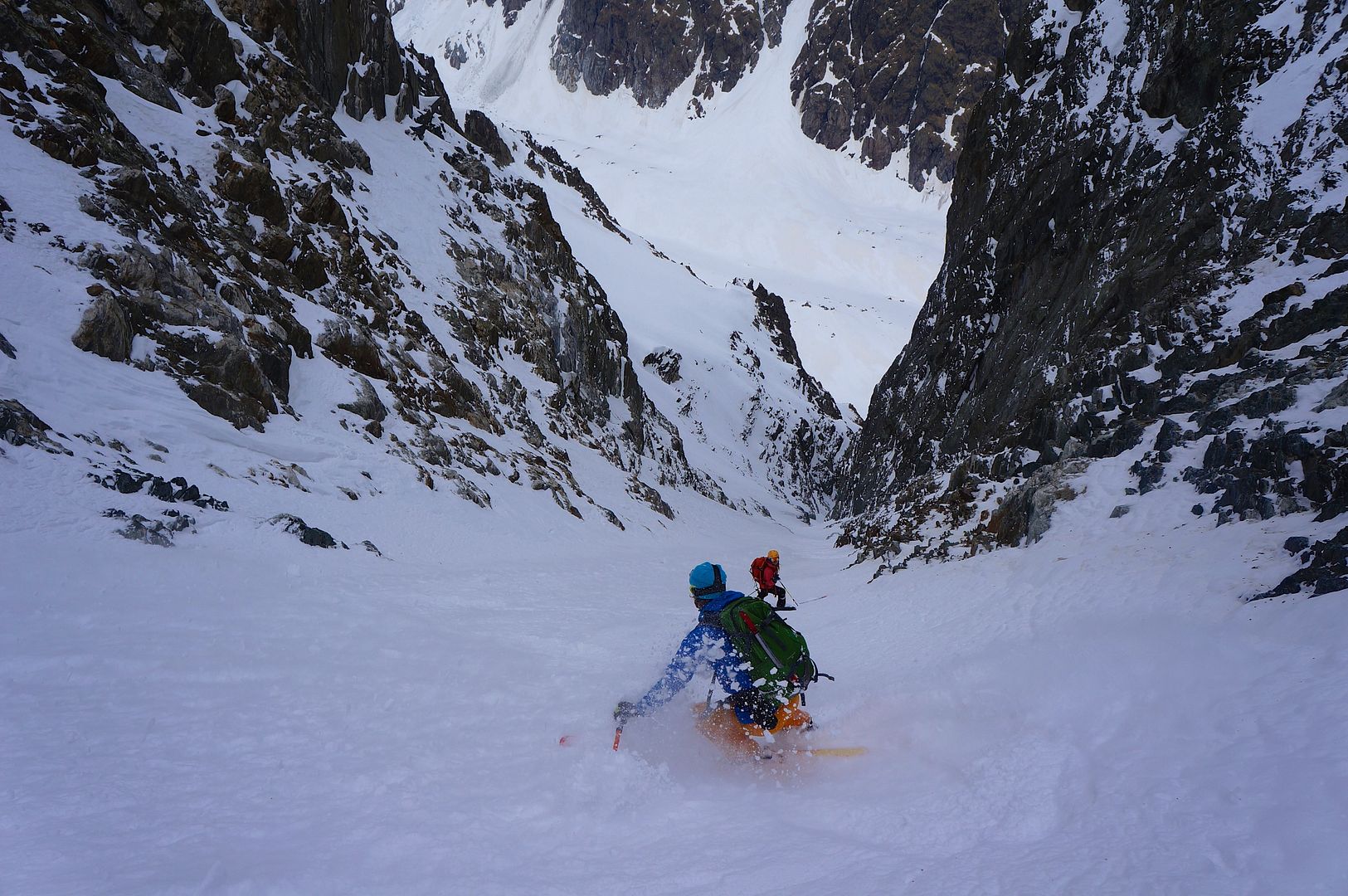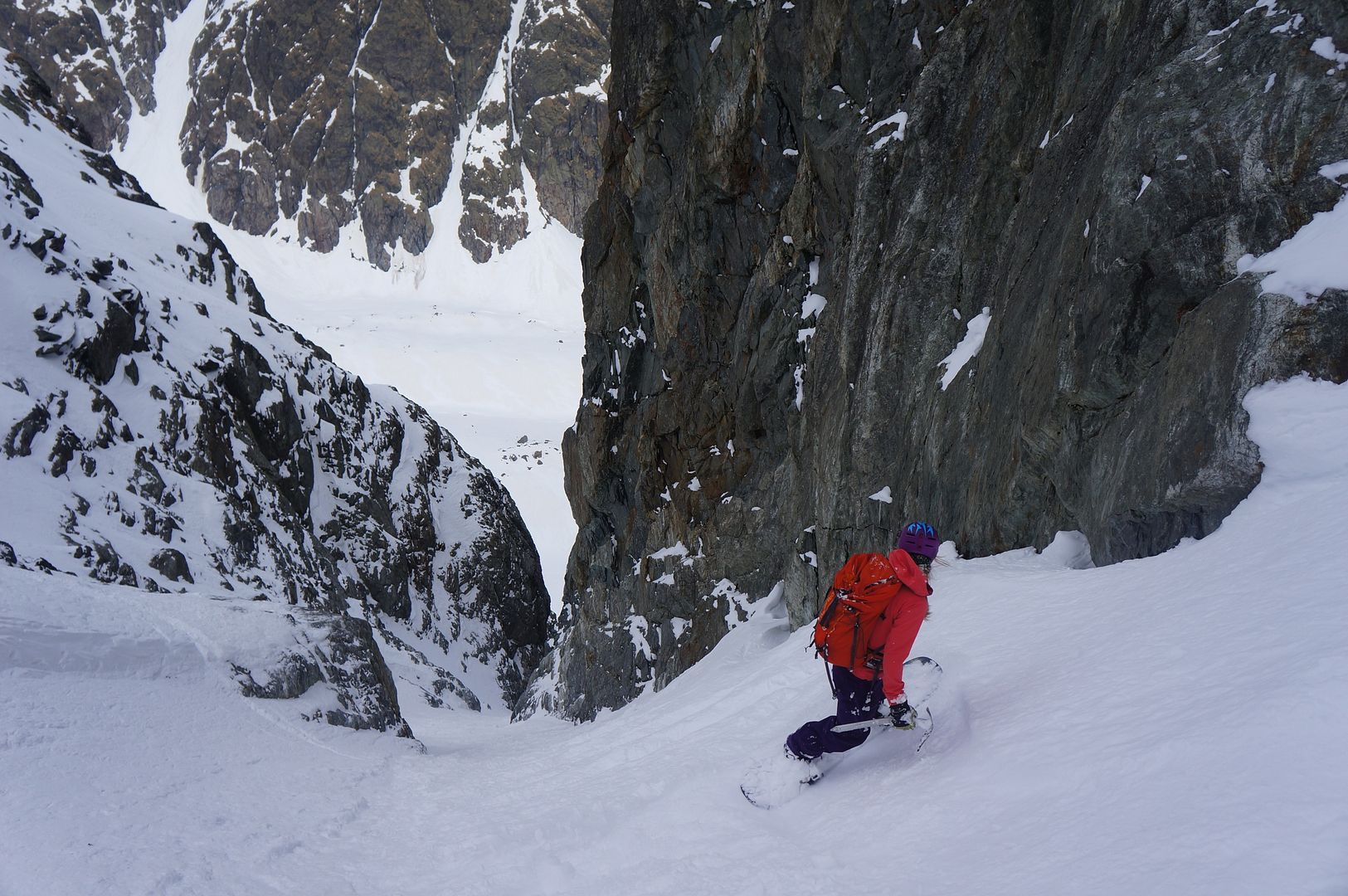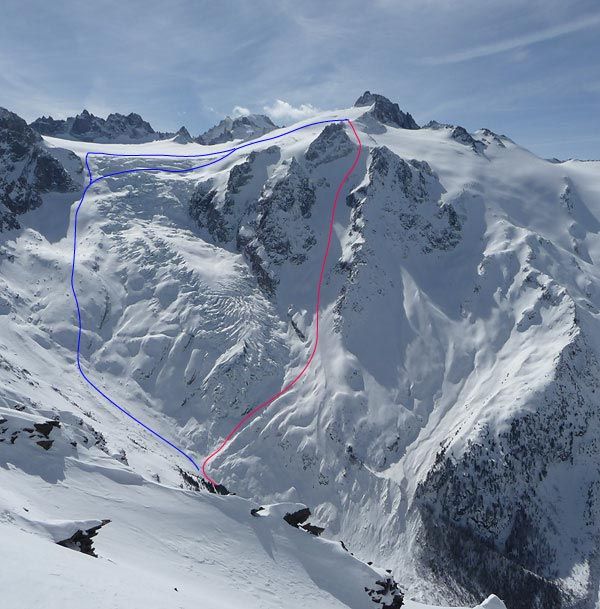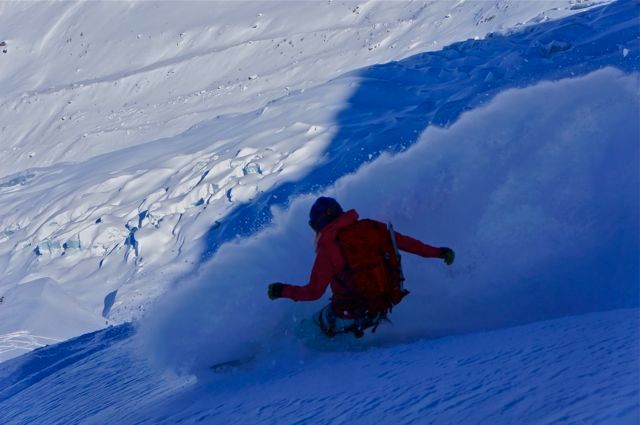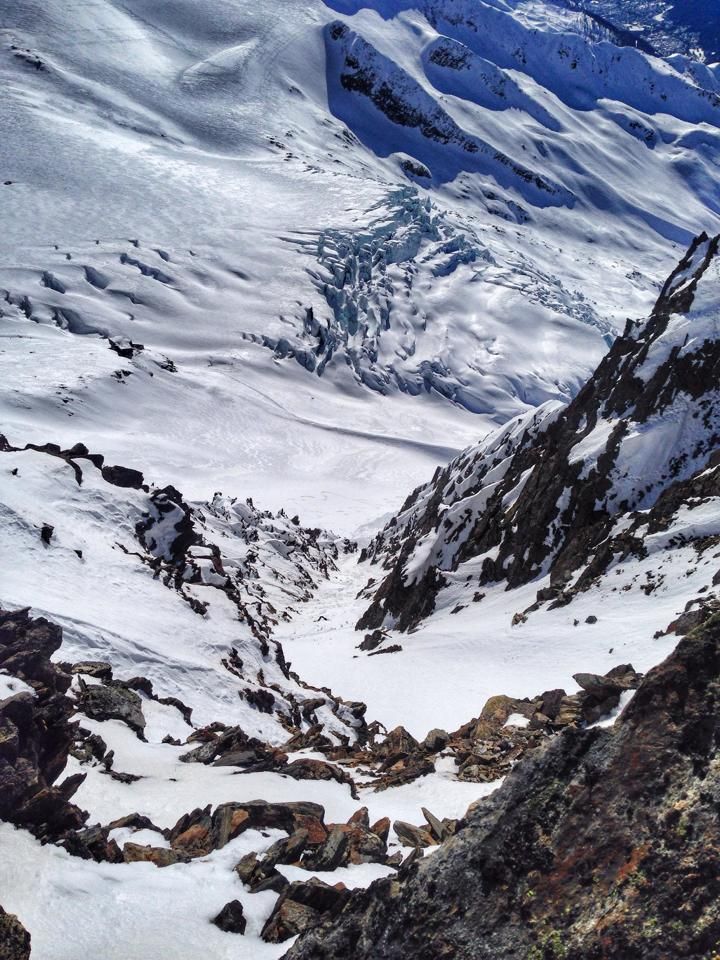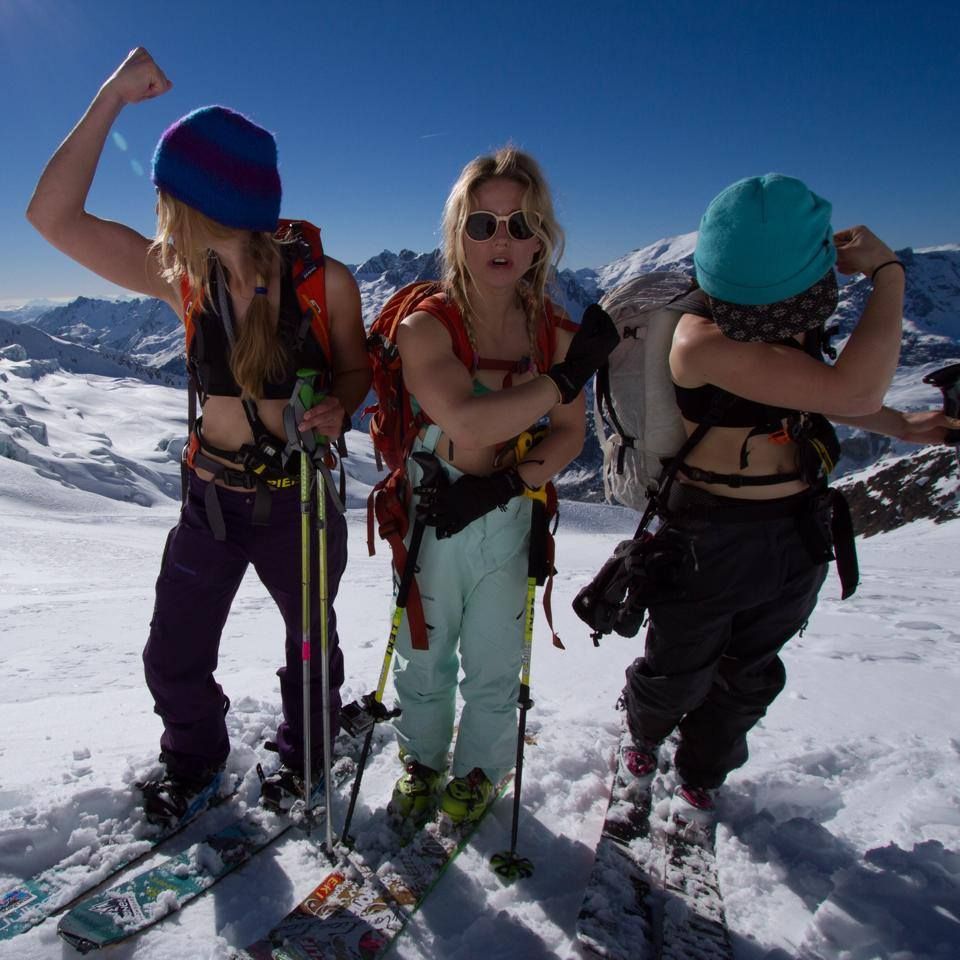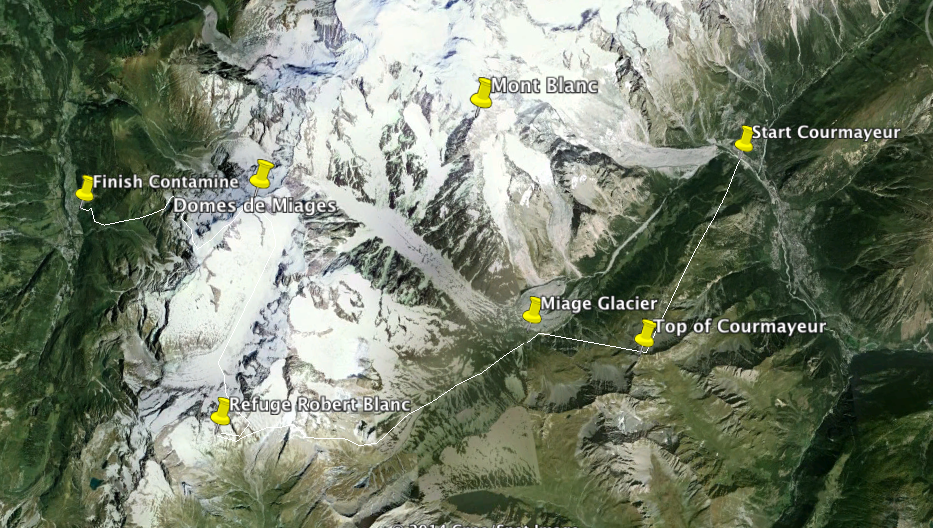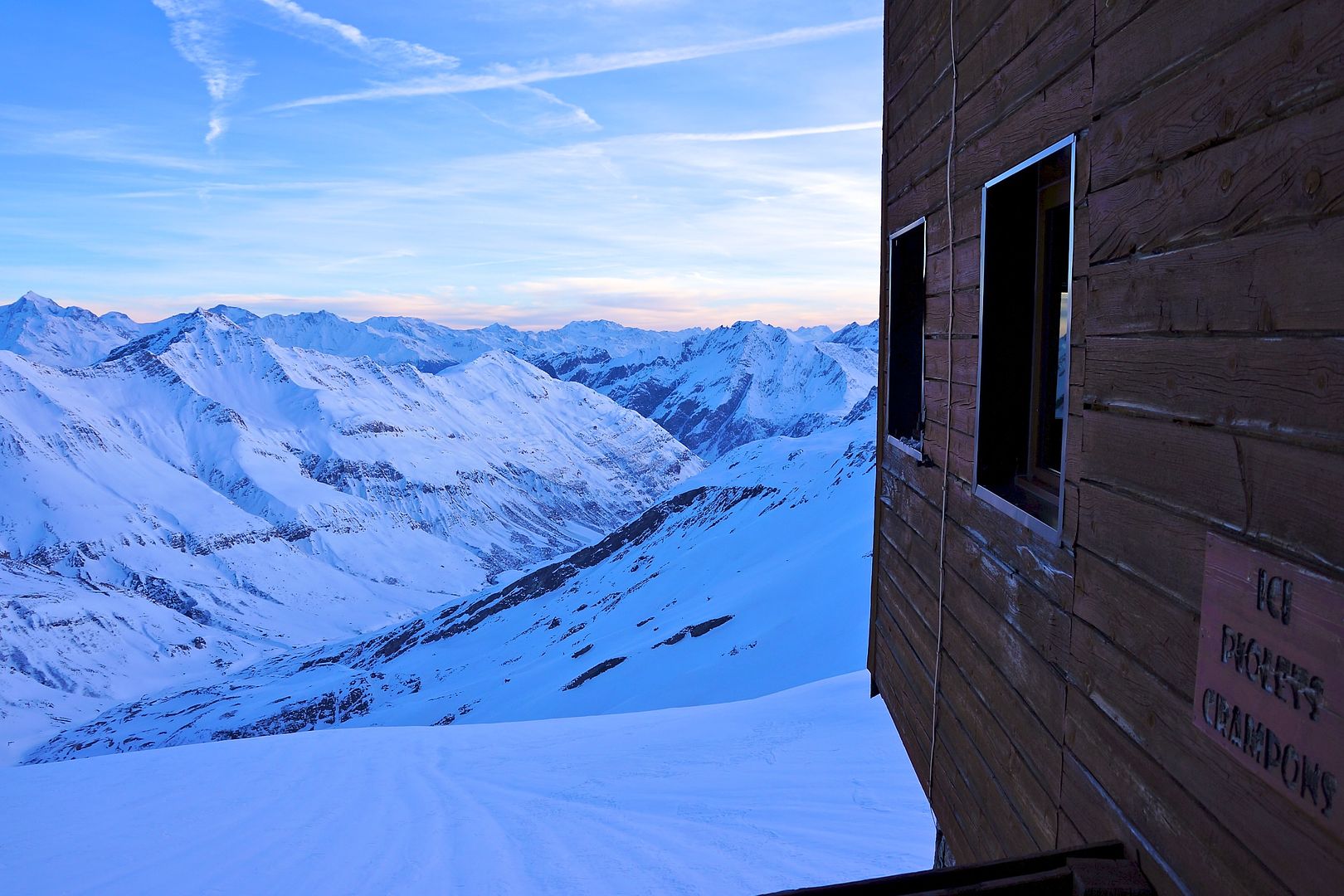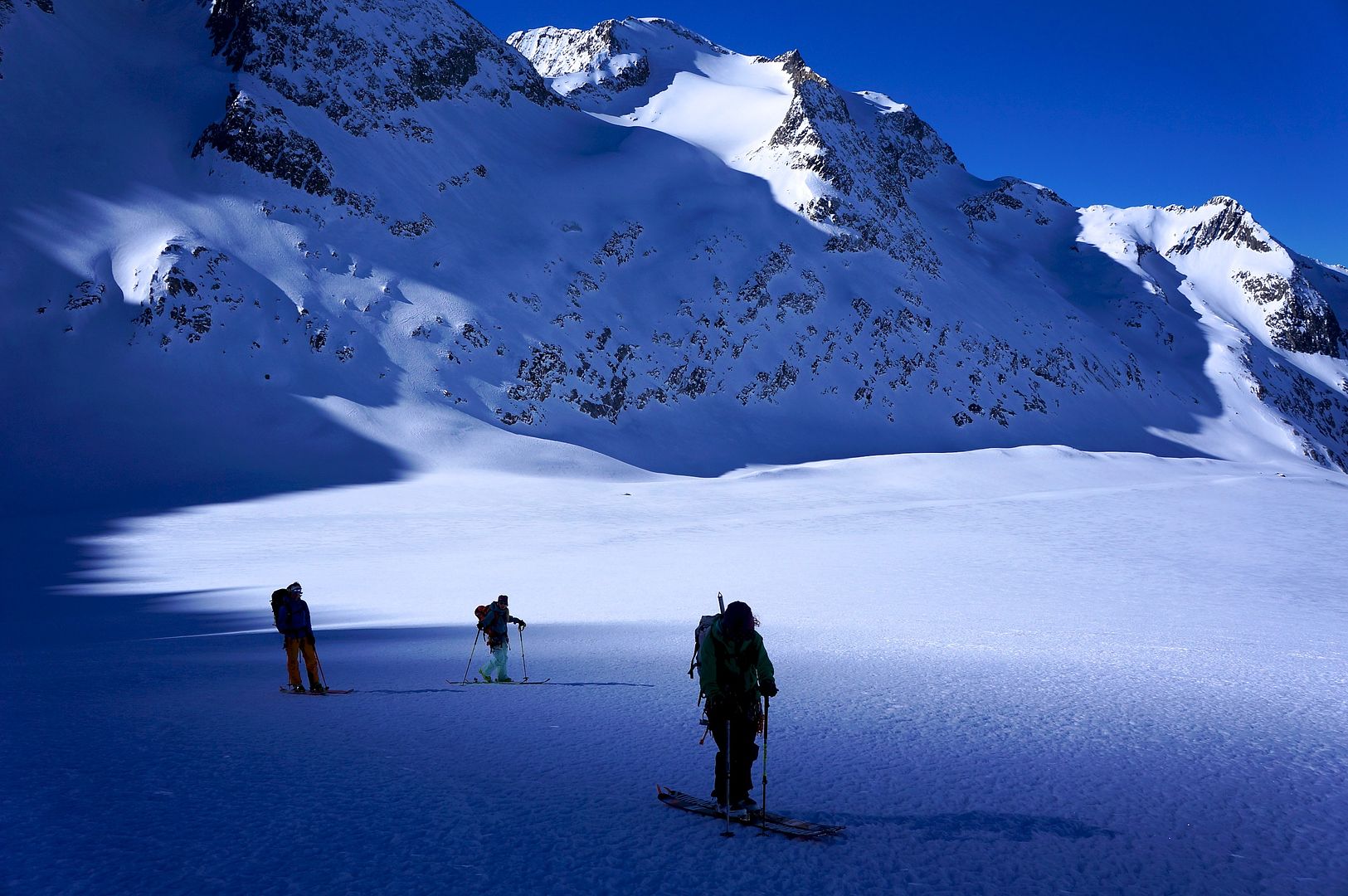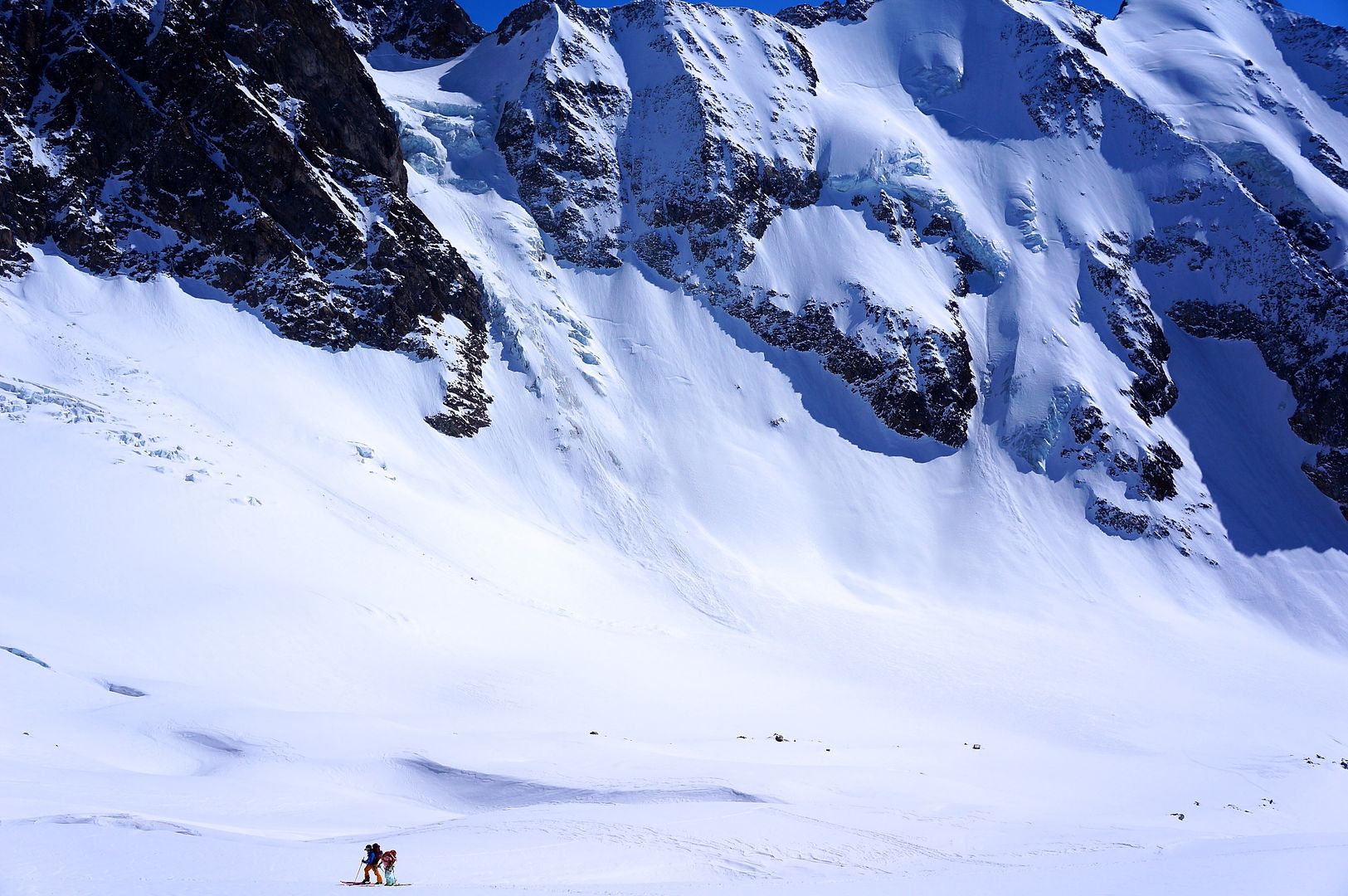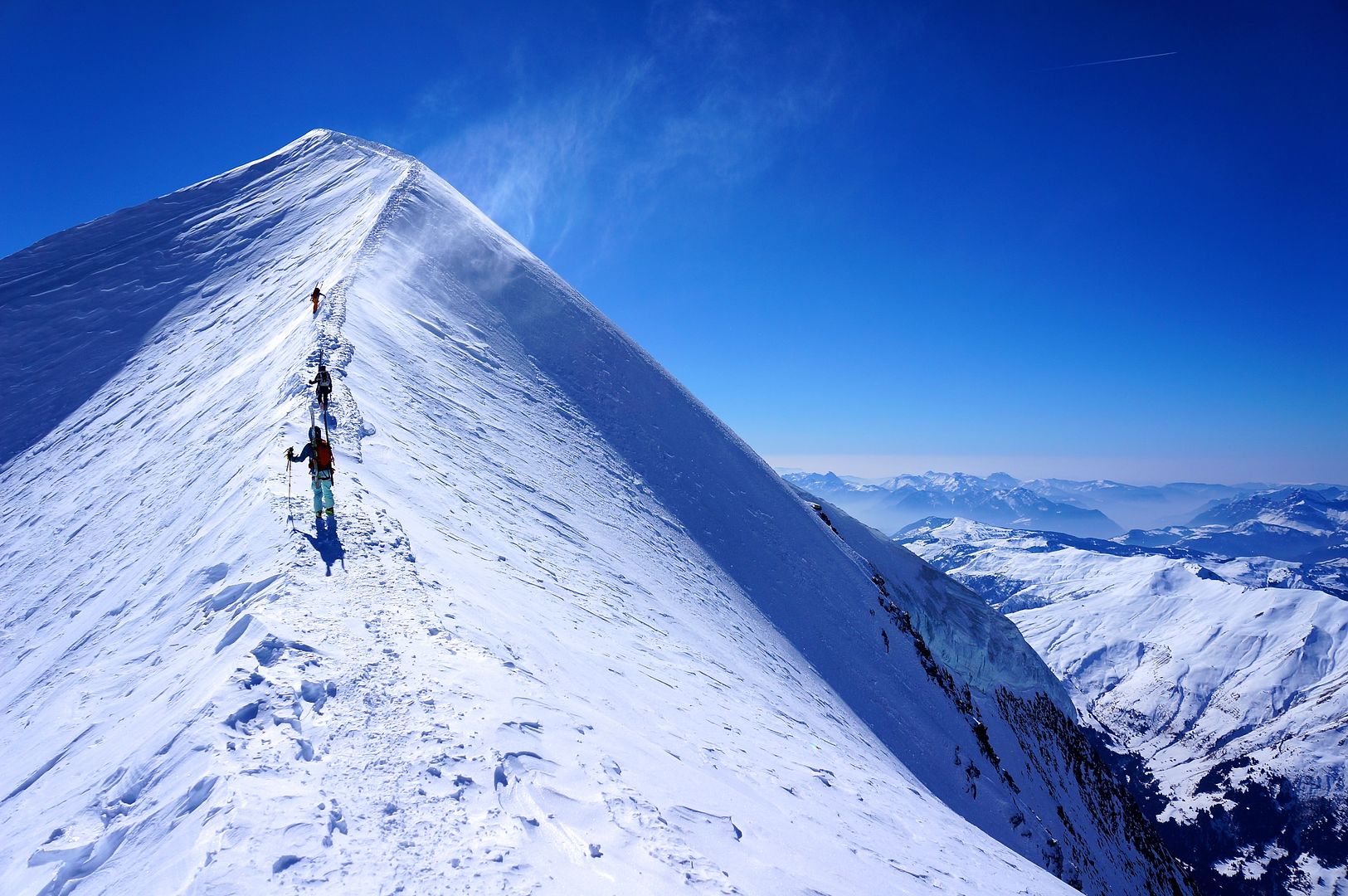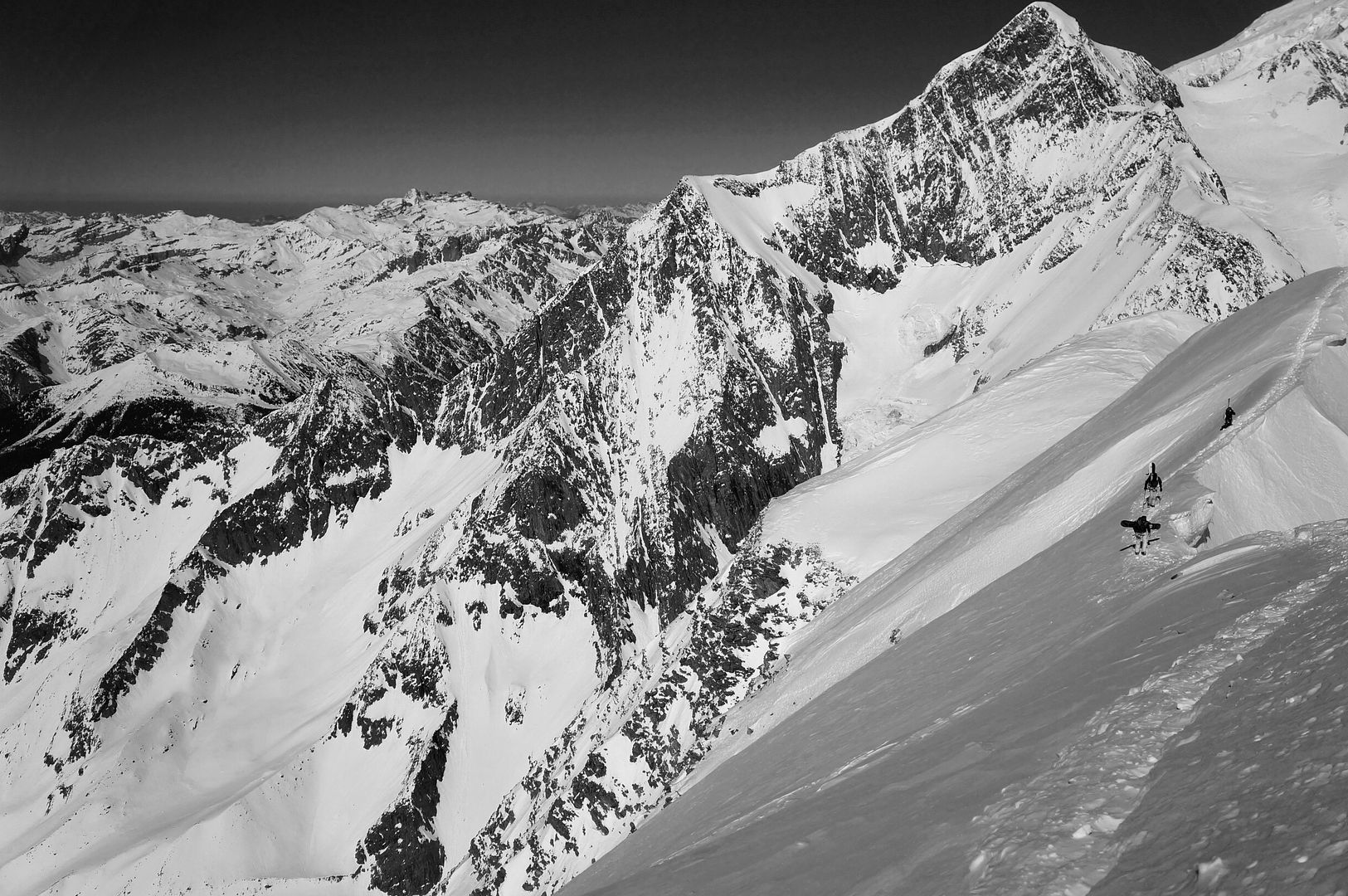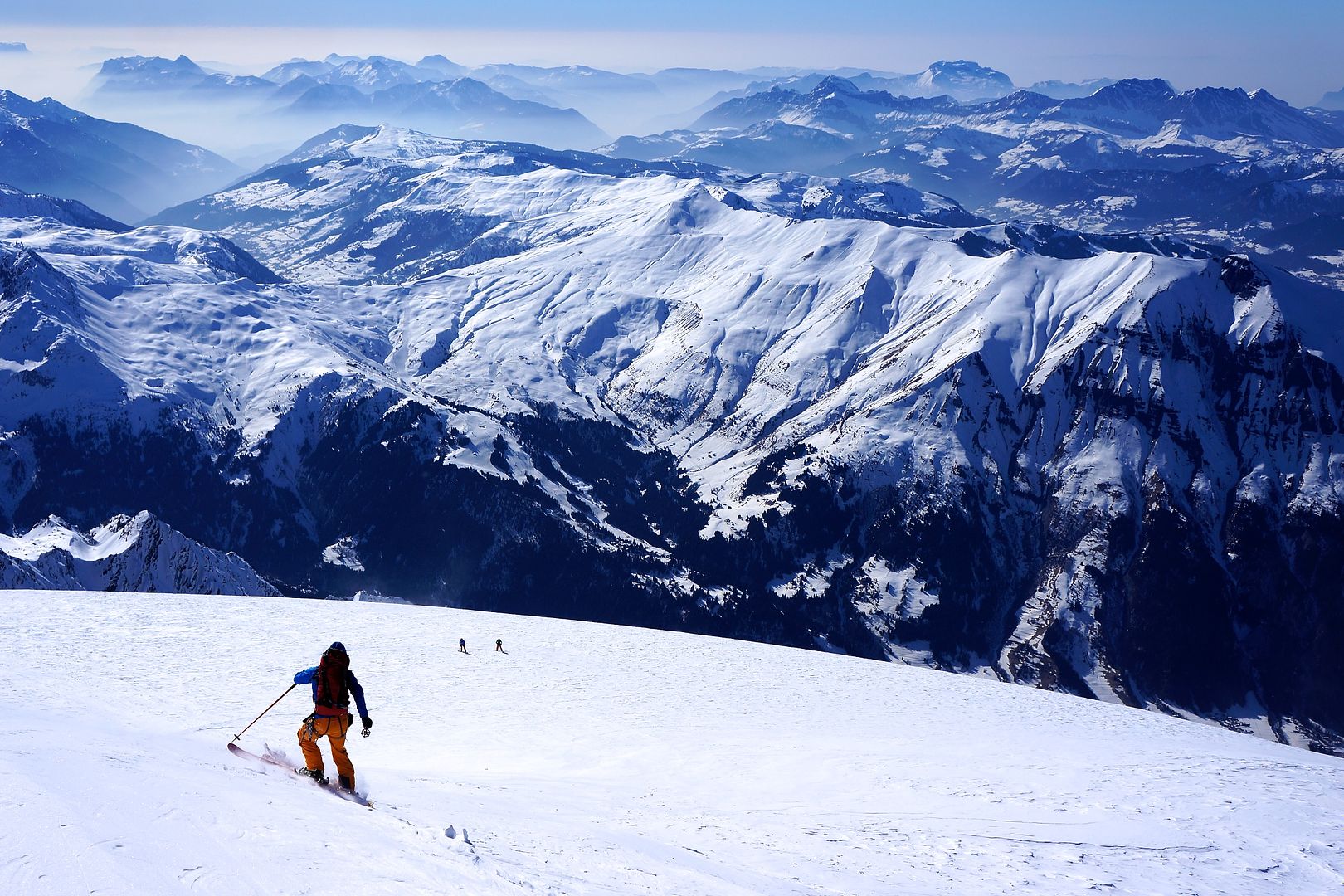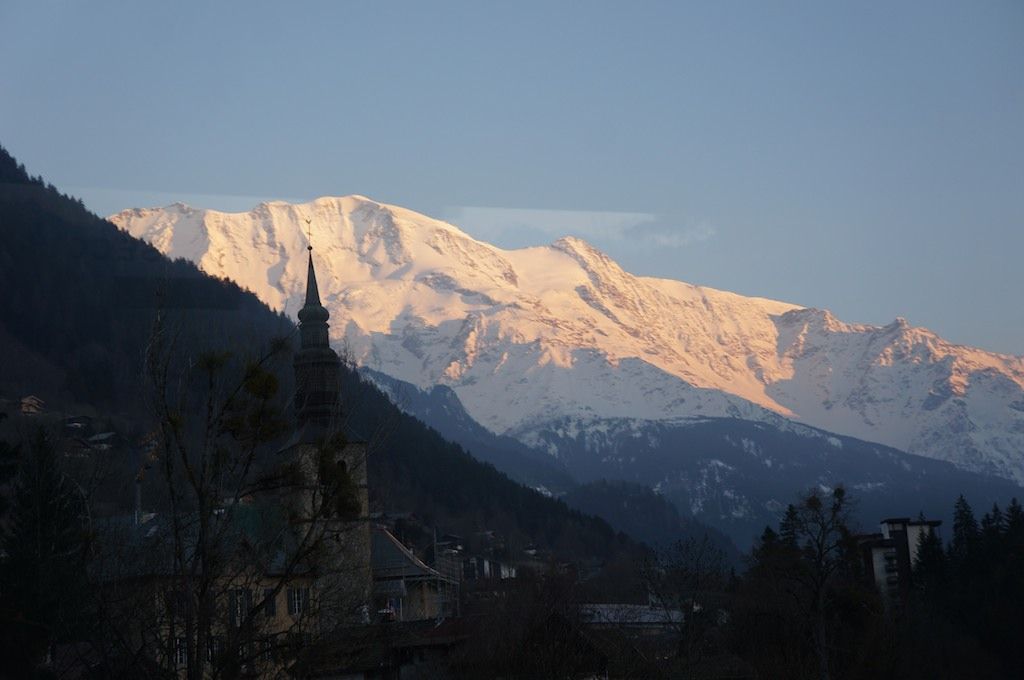http://www.alpineinstitute.com/catalog/denali-prep-course/
This print can be purchased at http://alasdairturner.com/order-prints/
The conditions we had on this course were perfect preparation for a group planning on spending time on North Americas highest Mountain. We managed to get good weather for the first two days allowing us to hike in and build our first camp under sunny skys, and then walk through the technical skills needed to climb. We covered techniques for hauling sleds, roping up on the massive glaciers of Denali and crevasse rescue techniques.
On day three of the trip we packed up camp and moved to a camp higher on Mount Baker. The weather had started to deteriorate as we were walking to the camp, so we had some practice building a camp in less than perfect weather. This included building a snow wall prior to putting the tents up. Over night the weather deteriorated more and the next day was spent in camp digging out, eating in the cook tent and discussing conditions likely to be encountered on Denali. We also covered traveling on fixed lines and some other technical skills needed for the mountain.
That night the weather deteriorated more still, requiring digging out of the tents at 2am (perfect training for Denali). Continued winds and heavy snow helped us make the decision to hike out the next day and head for Mount Eire on our final day of the course to cover crevasse rescue in more detail. Here we covered the complexities of what really happens when a person falls in a crevasse with a 60lb pack and a 60lb sled. This is a much more complex scenario than most people think, and makes getting out of a crevasse much more difficult. If you are going to Denali and have not thought about these issues then you should probably spend some time training before you leave!
This print can be purchased at http://alasdairturner.com/order-prints/
Overall this was a great course and we covered a huge amount of information in addition to the regular course curriculum including menus, strategies for climbing the mountain, altitude preparation and illnesses, and tips and techniques for making tent living more enjoyable. We even threw some photography and camera tips in. For more on cold weather photography click here.
--Alasdair Turner, AAI Instructor and Guide

